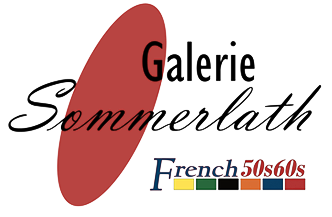Galerie Sommerlath
Pencil Drawing of an Angel by Eugenie O'Kin
Pencil Drawing of an Angel by Eugenie O'Kin
Couldn't load pickup availability
Share
Eugénie O'Kin is one of those personalities whose talent and the rare quality of her works are still too obscure. Today known under the various names of Eugénie Jubin, Eugénie O'Kin or Yokohama O'Kin - in reference to her hometown -, this exceptional artist was born in 1880 from a Japanese mother and a French father who emigrated to the Land of the Rising Sun to develop the family business specializing in the silk trade. Growing up during a period when Japan was opening up to the world, Eugenie had the rare privilege of receiving the dual education that her mixed-blood background earned her. Imbued with the culture of the country in which she grew up, she was also influenced by her father's Western roots, having attended the Dames de Saint Maur boarding school, the only French school in the city. She initially found inspiration and developed her personal style through copying patterns she found in textiles, ceramics, or prints and then distorted them to create her stylized drawings rendered in fluid, expressive lines.
Eugénie O'Kin leaves Japan for Paris. In 1906, she sent some of her creations to the Salon d'Automne. The training of the artist in the rudiments of the table maker's trade is done in France. During these same years, Eugénie meets her future husband, the ceramist Henri Simmen, with whom she soon travels throughout Asia from 1919 to 1921. The visit to Indochina, where her brother lived, in Saigon, left a lasting impression on the young couple whose creations would reveal profound influences of Khmer art.
More than ever, they nourished each other with their native cultures. Simmen's ceramics are crowned by corks or lids, supported by pedestals designed by his wife. More than a simple collaboration, O'Kin's participation in her husband's creations acts as a necessary complement to his creative process.
Although a virtuoso in her field, O'Kin's legacy, specifically that of her autonomous works, has been overshadowed by her husband's career within art historical narratives. While much of Henri Simmen's success is owed to the techniques, sensibilities, and cultures to which he was exposed due to his relationship with O'Kin, her influence on his work is primarily only recognized in consideration of the stoppers and lids she created for his ceramic piedestals. Her Japanese roots made sensitive in the subjects and forms she devotes and favours - a panel of delicate flowers and stylised plants, for example - and giving rise to the incomparable elegance of the sinuosity of the lines and silhouettes of her bottles or vases can only make us regret the gradual disappearance, over the years, of her autonomous works, in favour of the competition to those of her husband.
With meticulous elegance and immense respect for the materials she worked with, O'Kin created a body of work which invites contemplation, reflection, and even criticism of the artistic exchanges between East and West during the emergence of Modernism.
REFERENCE NUMBER: LU654316439392
PERIOD: 1900-1909
CONDITION: Excellent
MEASUREMENTS: Height: 27" Width: 21" Depth: 0.5"
COUNT: 1
MATERIAL: Pencil
CREATOR: Eugenie O'kin
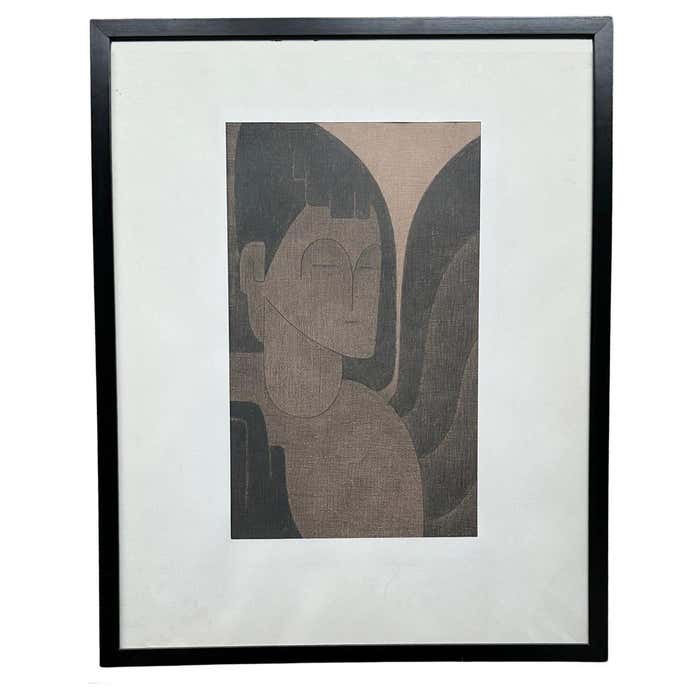
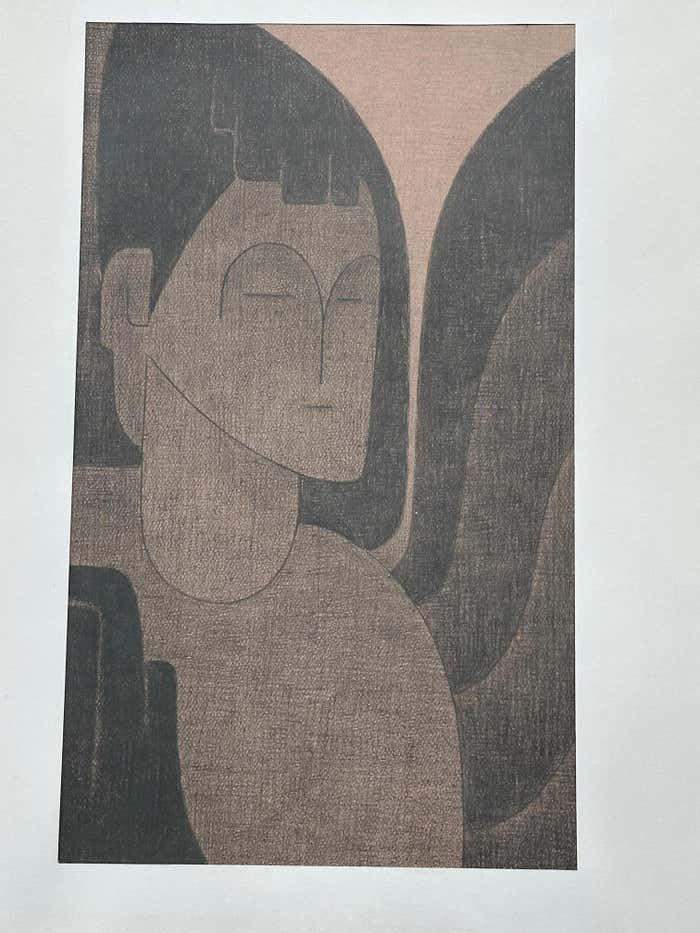
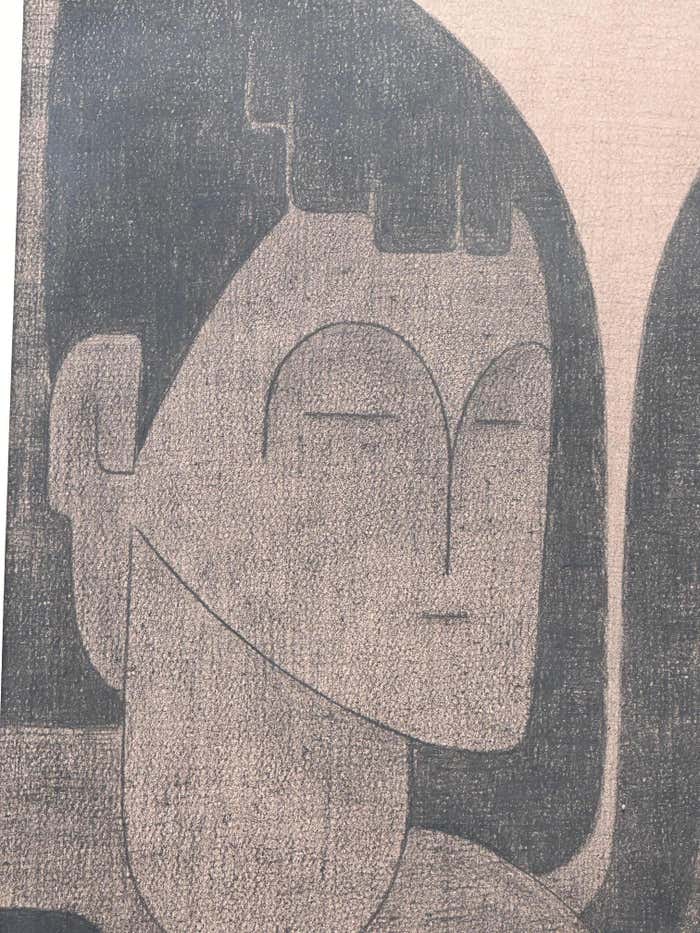
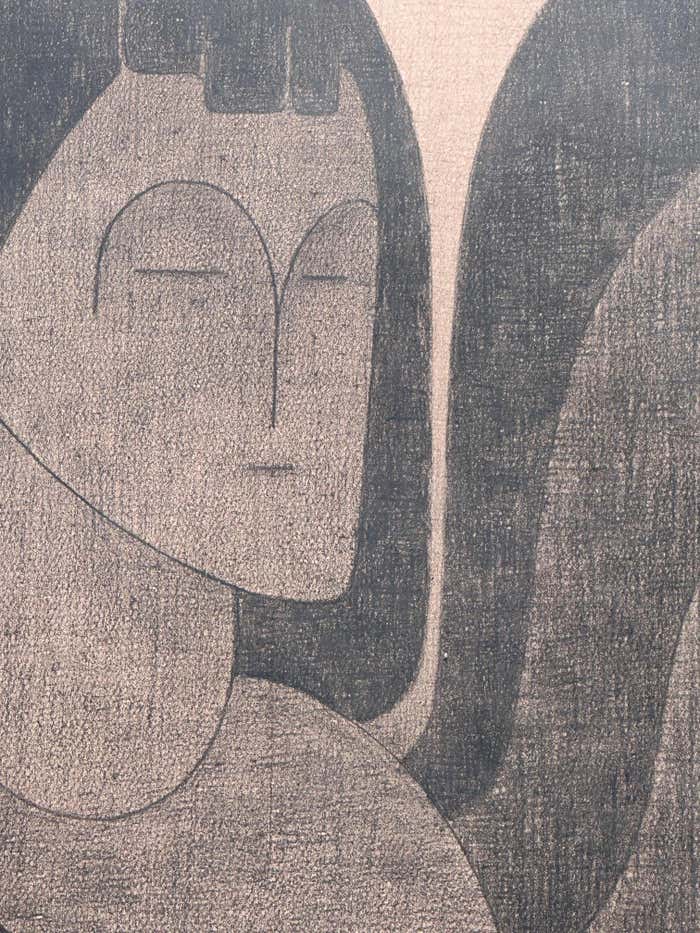

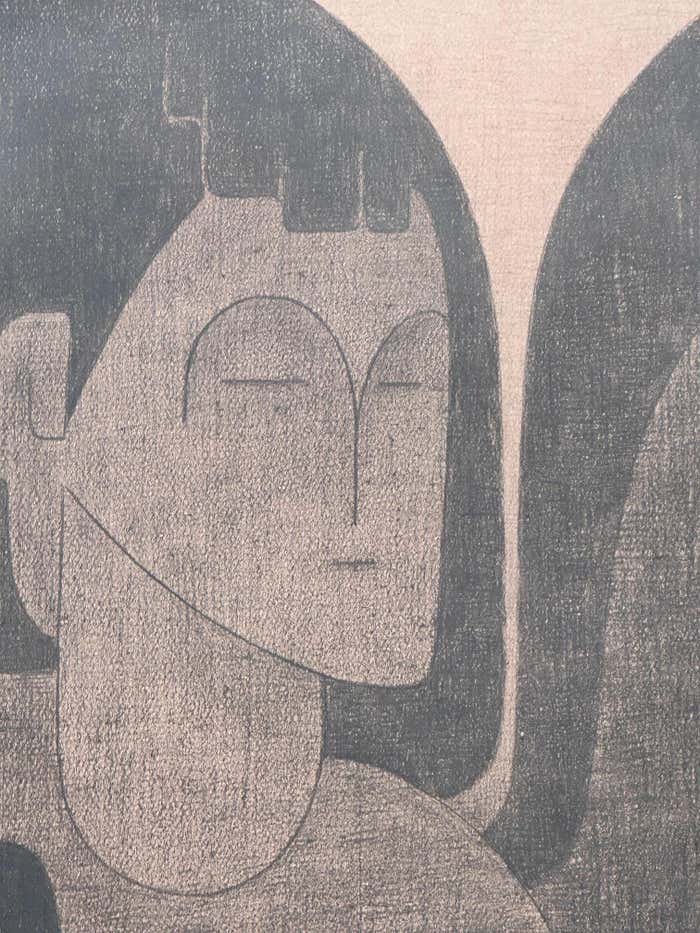
-

Shipping
Shipment is arranged through recognized carriers such as UPS, FedEx, and DHL. Only pieces that can be safely packed in a box or envelope may be shipped via parcel. Shipping charges start at $49 — and vary based on the size, weight, packaging and the value of the item. Text (310) 531 7594 or call (310) 754 9494 to get a quote.
-

Returns
A return for this item may be initiated within 3 days of delivery.
*Return Shipping Fee
A restocking fee of 15% of the item price applies.
Buyer is responsible for return shipping charges and will not be reimbursed for the original shipping cost.
Additional Notes
Items must be returned in the same condition it was received otherwise restoration costs will be billed up to the full value of the item. Return shipment must be insured for full value.
